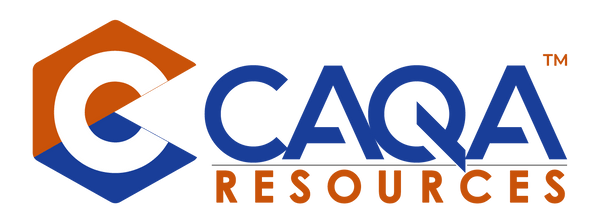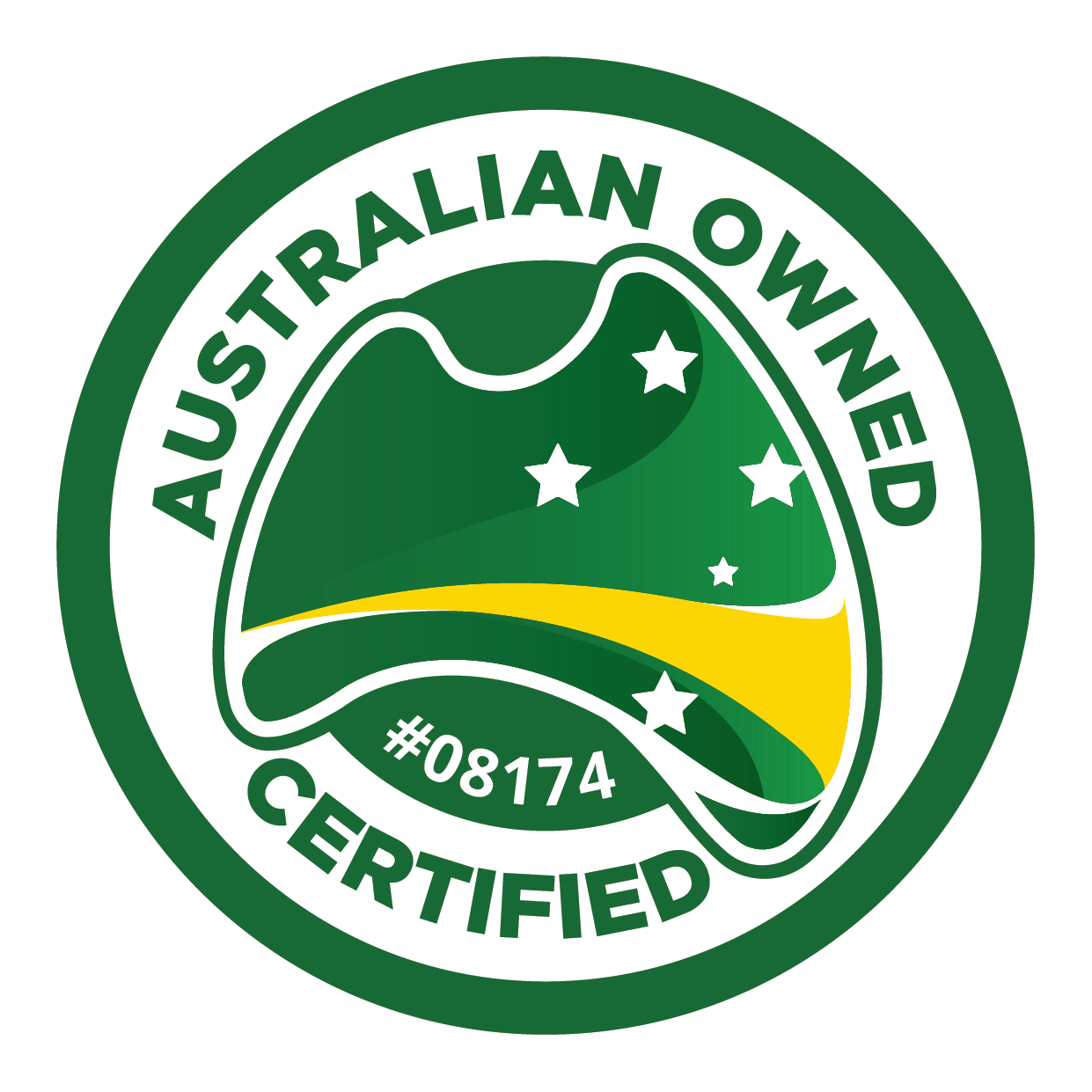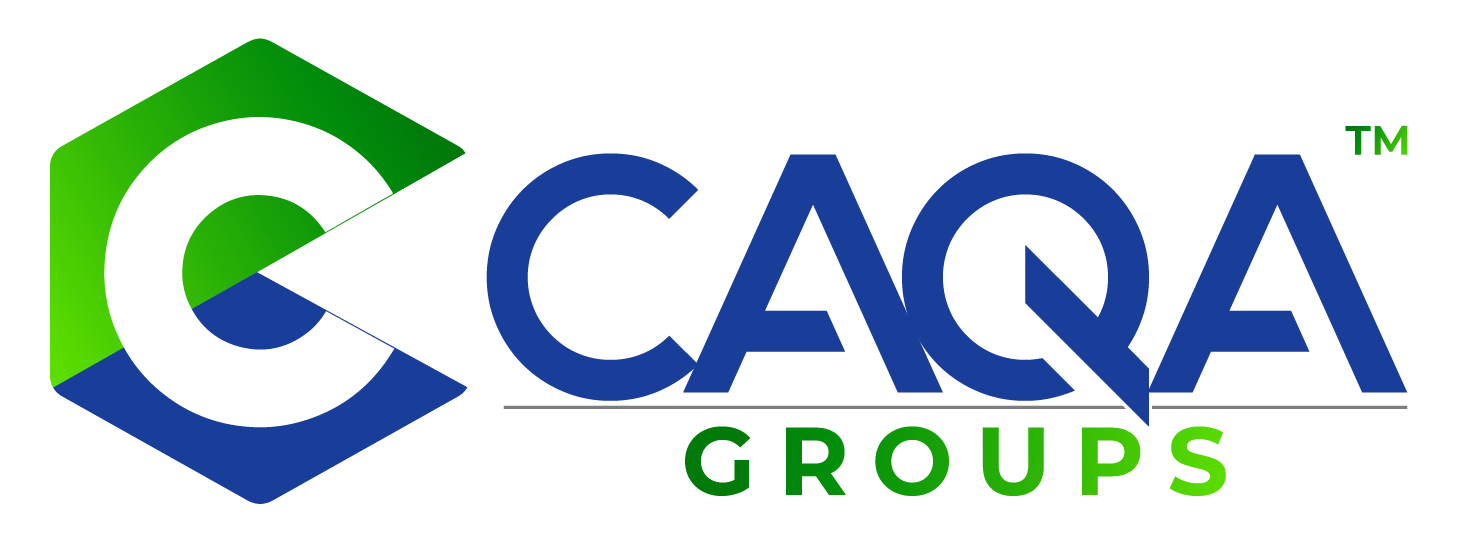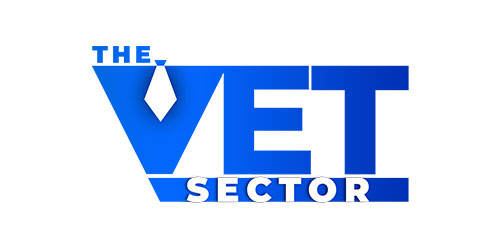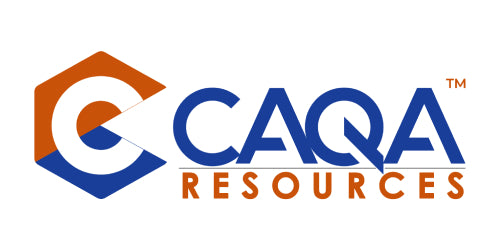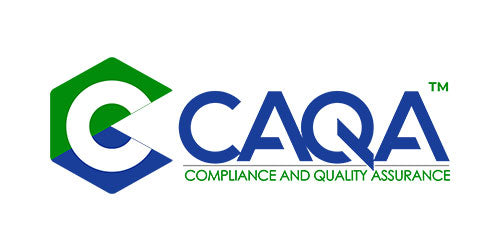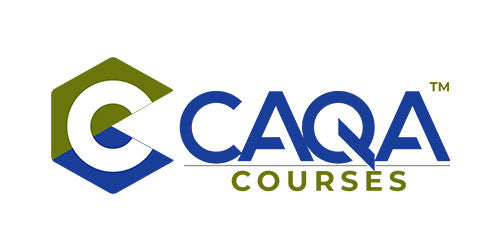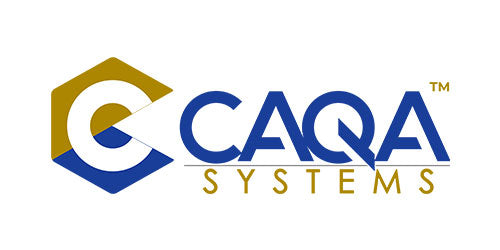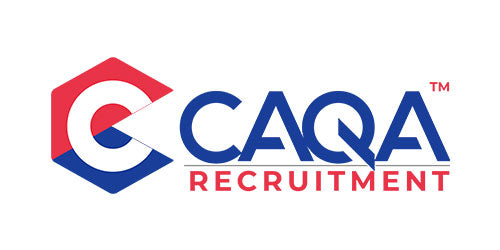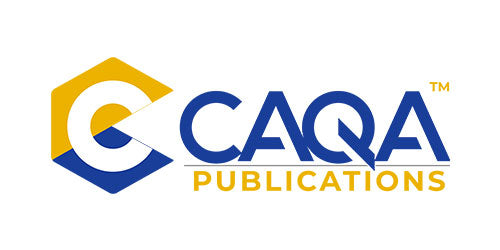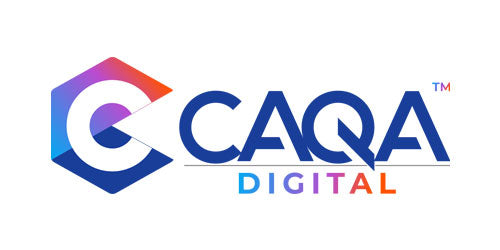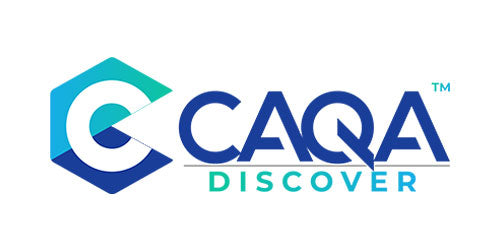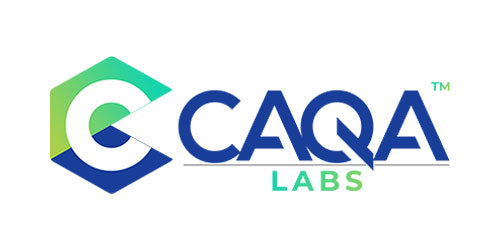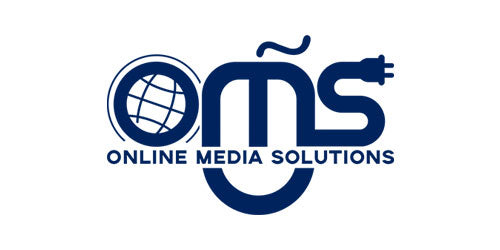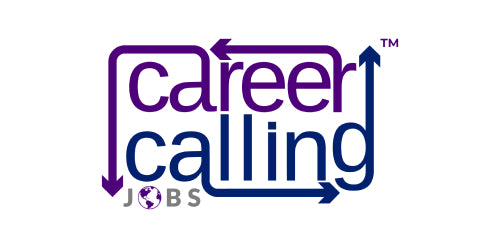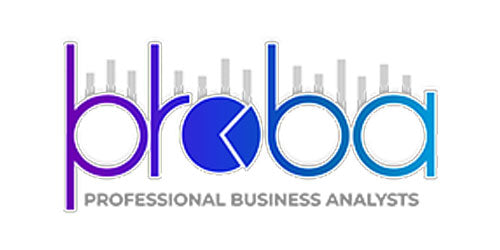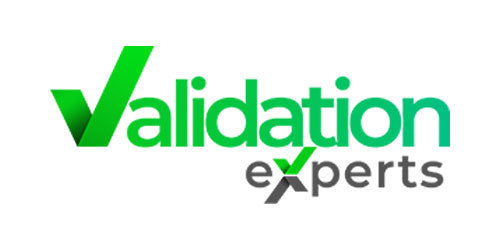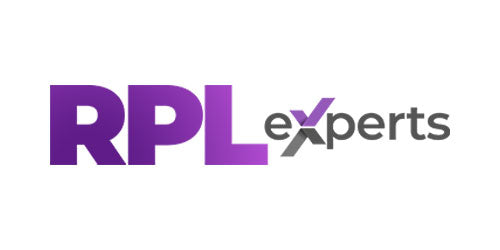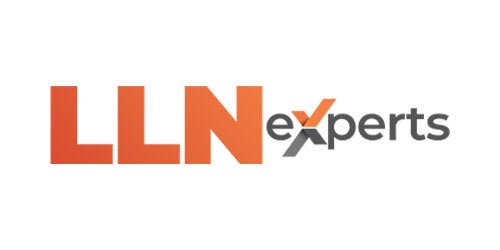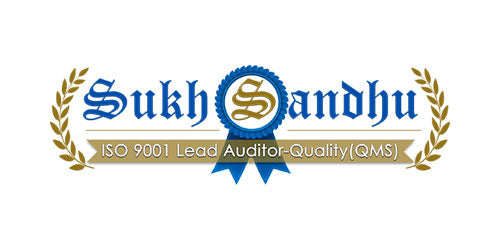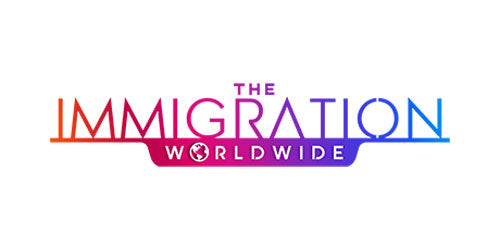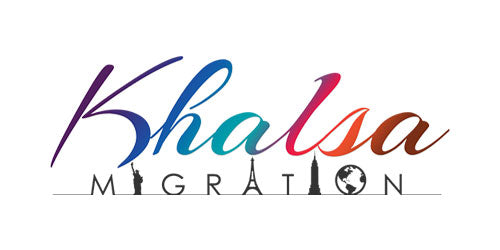The vocational education and training (VET) sector in Australia is on the brink of a major overhaul, as the 2025 VET Quality Framework sets new standards for Registered Training Organisations (RTOs). This framework is designed to ensure that the quality of training and assessment within the VET sector meets the highest standards, providing students with the skills they need to excel in their chosen fields. Here's a breakdown of the key components that will shape the future of vocational education in Australia.
Outcome Standards: The Foundation of Quality VET
At the heart of the VET Quality Framework lies the Outcome Standards, as outlined in the National Vocational Education and Training Regulator (Outcome Standards for NVR Registered Training Organisations) Instrument 2025. These standards form the cornerstone of quality training and assessment, specifying the key factors that RTOs must demonstrate to gain and maintain registration.
The Outcome Standards define what quality training looks like in practice, including the delivery of relevant and up-to-date training content, effective assessment strategies, and student support mechanisms. RTOs must meet these standards to stay registered, ensuring their operations contribute to high-quality vocational outcomes for all students.
Compliance Requirements: Upholding Integrity and Accountability
RTOs are not just measured by the quality of their training; they must also adhere to strict Compliance Requirements. These will be detailed in the National Vocational Education and Training Regulator (Standards for NVR Registered Training Organisations – Compliance and Fit and Proper Person Requirements) Instrument 2025. The Compliance Requirements are crucial for maintaining the integrity of Australia’s VET sector, focusing on:
- Accountability: RTOs must demonstrate clear and transparent management practices, ensuring they meet all legal and ethical obligations.
- Integrity of Training Products: Ensuring the training provided is aligned with nationally recognised standards and qualifications, safeguarding the quality of outcomes for learners.
- Transparency: RTOs must be open and transparent in their operations, offering clear information to students and stakeholders about their services and qualifications.
Fit and Proper Person Requirements: Safeguarding Leadership Integrity
A critical component of the Compliance Standards is the Fit and Proper Person Requirements, which are set out in Schedule 1 of the 2025 Compliance Instrument. These requirements focus on the suitability of individuals who hold key management or governance positions within an RTO.
Ensuring that executive officers, governing persons, or others exercising control over the RTO meet these standards is essential for maintaining the integrity of the organisation. It prevents unsuitable individuals from influencing or directing the operations of an RTO, thereby protecting the interests of students and upholding the reputation of the VET sector.
The Nationally Recognised Training Logo: A Mark of Excellence
The Nationally Recognised Training (NRT) Logo Conditions of Use Policy, as outlined in Schedule 2 of the 2025 Compliance Instrument, sets the rules for using the NRT logo, a symbol of excellence in vocational training. This policy protects the integrity of VET qualifications by ensuring that only accredited RTOs delivering nationally recognised training can use the logo.
RTOs must strictly adhere to these guidelines, as improper use of the NRT logo could undermine the quality and credibility of the training sector. The NRT logo is a badge of trust for students and employers, signifying that the qualifications awarded meet national standards and lead to AQF certification.
Credential Policy: Ensuring Trainer Competence
The Credential Policy is another vital part of the revised standards, ensuring that trainers and assessors possess the appropriate qualifications and skills to deliver high-quality training. This policy will be incorporated by reference within the standards, ensuring that RTOs employ qualified and credentialed professionals to conduct training and assessment activities.
The Credential Policy ensures that all training is delivered by individuals who not only understand the course content but can effectively communicate and assess the required skills. Compliance with this policy guarantees that the training provided is consistent with industry needs and expectations, leading to better outcomes for students and employers alike.
A New Era for VET Quality Assurance
The 2025 VET Quality Framework is set to revolutionise how RTOs operate, ensuring that all aspects of their service, from training delivery to governance, meet the highest standards. By focusing on Outcome Standards, strict Compliance Requirements, the Fit and Proper Person criteria, and ensuring the appropriate use of the NRT Logo and adherence to the Credential Policy, Australia’s VET sector is positioned for a future of excellence and integrity.
RTOs that embrace these changes and integrate these components into their operations will not only enhance their service delivery but also play a pivotal role in shaping Australia's future workforce. The road to compliance may be rigorous, but the outcome—a more skilled and competent workforce—will be worth every step.









